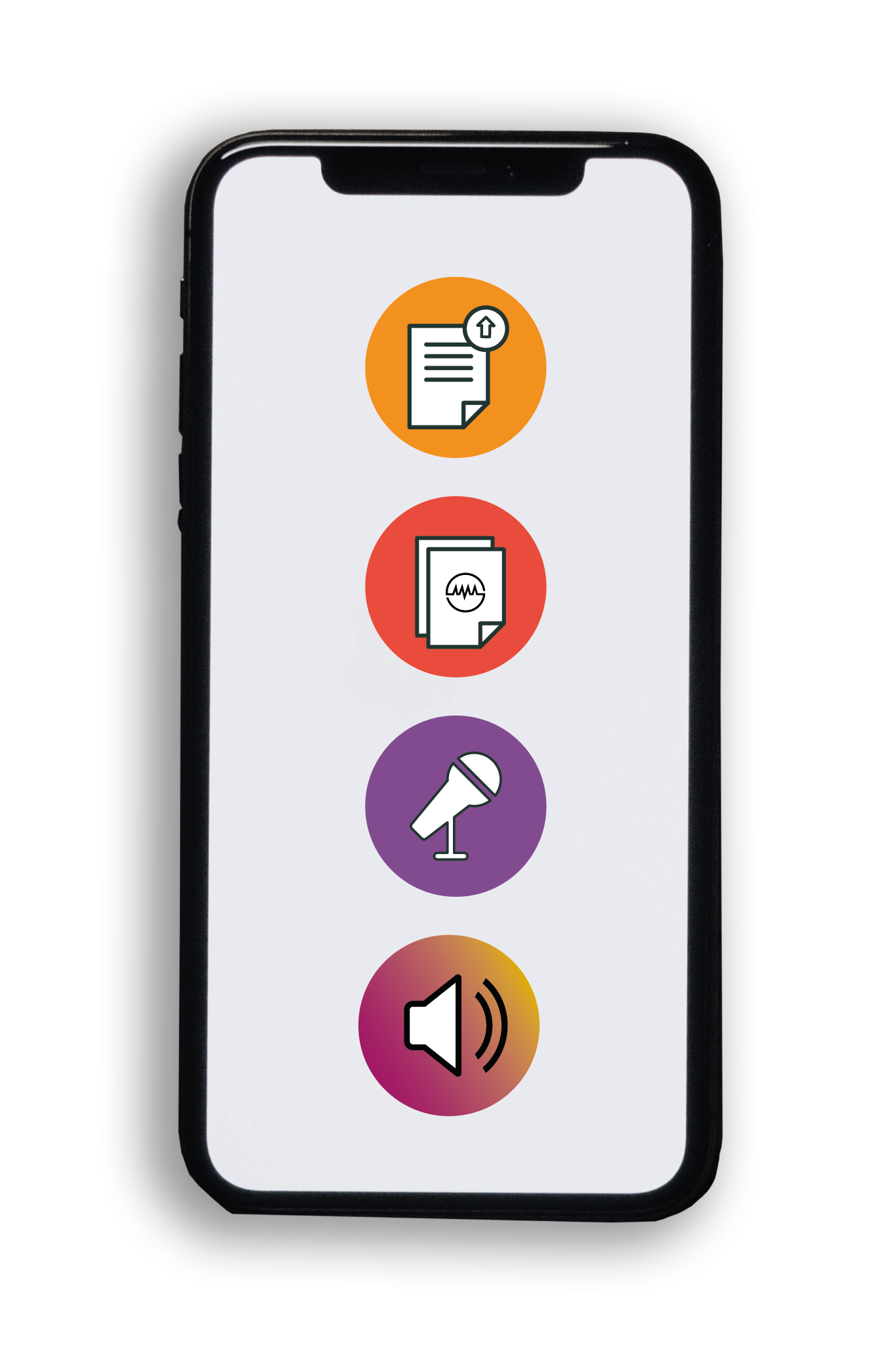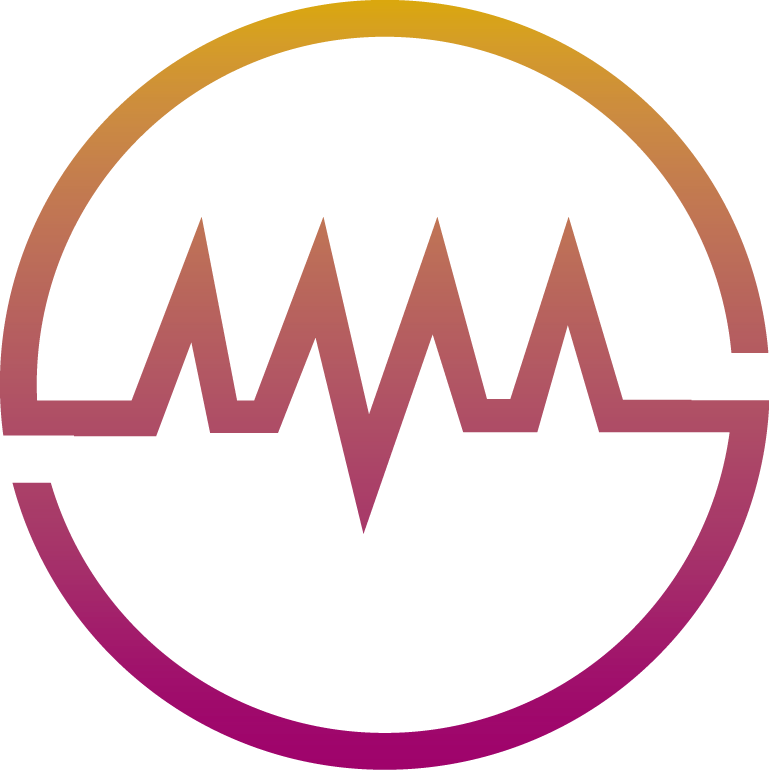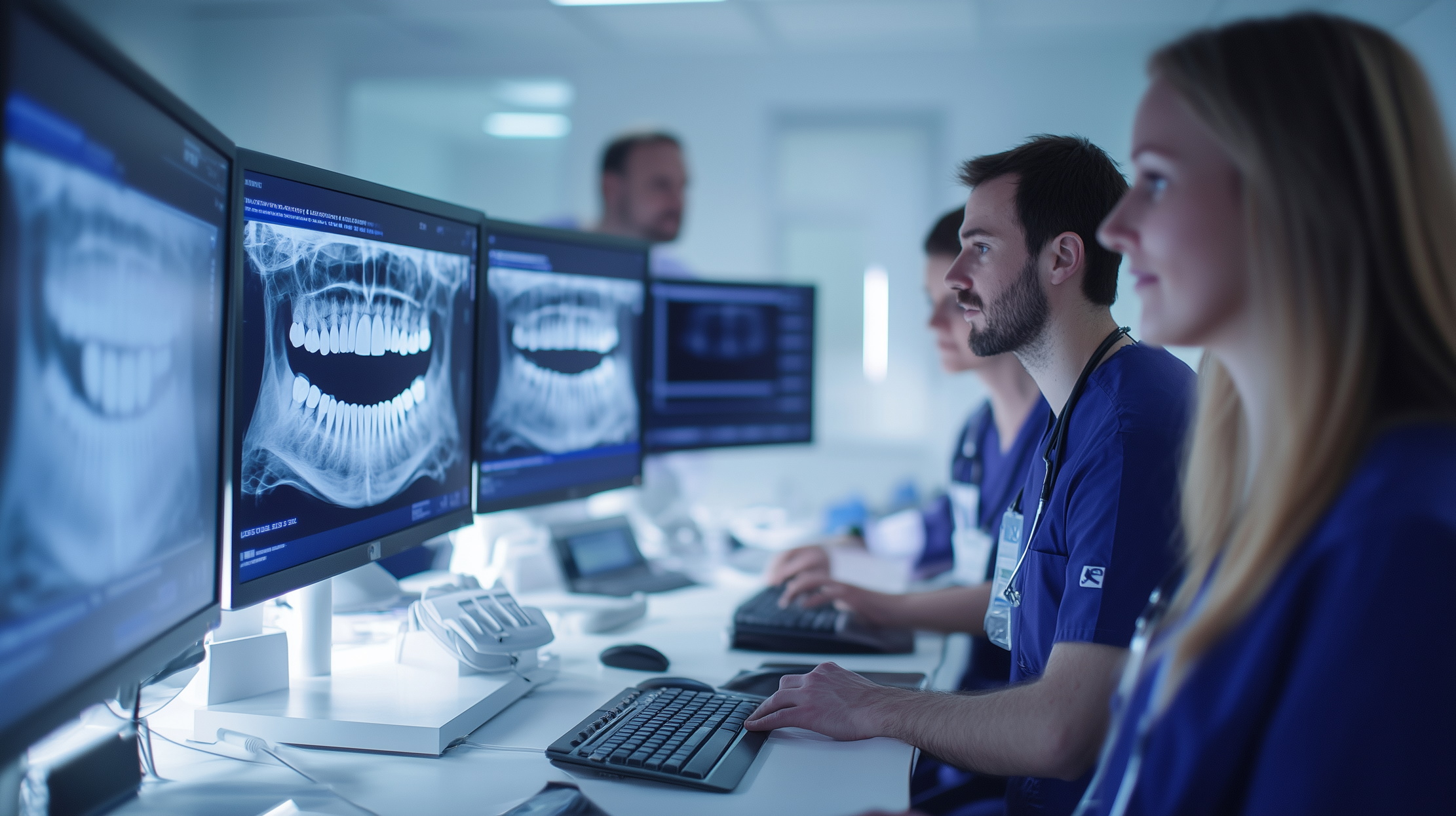The HBCU – HDI Women In STEM Conferences – Dr Sonya Smith
Original Article Reference
This SciPod is a summary of the paper:
https://doi.org/10.33548/SCIENTIA577
About this episode
Although the number of women enrolling in science, technology, engineering and math (STEM) courses has increased over the past few years, women still remain widely underrepresented in STEM fields. To address this serious issue, the HBCU-HDI Women in STEM Conference, an event organised by Dr Sonya Smith and her colleagues at Howard University, brings female scientists and graduate students from the US and South Africa together to openly discuss the challenges and opportunities for women pursuing careers in STEM-related fields.
This work is licensed under a Creative Commons Attribution 4.0 International License. 
What does this mean?
Share: You can copy and redistribute the material in any medium or format
Adapt: You can change, and build upon the material for any purpose, even commercially.
Credit: You must give appropriate credit, provide a link to the license, and indicate if changes were made.
More episodes
Dr. Shasha Cui | A Global Classroom for Dental Residents: How Virtual Education is Reshaping Dental Training Worldwide
When the COVID-19 pandemic arrived as an unexpected and unwelcome presence in our lives, it didn’t just disrupt our daily routines, it drastically changed how we learn, teach, and connect. For many healthcare professionals, including those in dentistry, this meant abandoning lecture halls and clinical classrooms for an unfamiliar and potentially daunting virtual teaching landscape. After all, no-one knew if this mandatory experiment in online teaching would work out. Yet from this unprecedented upheaval emerged an extraordinary opportunity to rethink how education is delivered globally, one that Dr. Shasha Cui of the Eastman Institute for Oral Health at the University of Rochester School of Medicine and Dentistry, and her colleagues, seized with insight, innovation, and a keen eye toward the future.
Dr Malgorzata Trela – Dr Sophie Rutschmann | From Classroom to Conference: How a New Teaching Model Lets Students Step Inside the Scientific Community
When you imagine a scientific conference, you may picture rows of poster boards, bustling coffee breaks, and seasoned researchers discussing the latest data and research approaches. It can feel like a world reserved for insiders. Yet a recent study led by Dr Malgorzata Trela and Dr Sophie Rutschmann at Imperial College London argues that this lively professional gathering is precisely where tomorrow’s scientists ought to cut their teeth. Their paper, “Immunology in Practice: a modular framework to support Master of Science students’ conference attendance and engagement,” describes an educational project that turns a four-day professional congress into the beating heart of a master’s-level module, and in doing so, reshapes how students learn, network and even see themselves.
Dr. Sarah Hallen | The patient will see you all now: redesigning clinical learning for better outcomes
If you picture doctors making their daily rounds through hospital floors, you might imagine a single doctor standing by a bedside, examining a patient’s chart, or perhaps a group of doctors discussing a case right outside a patient’s room. However, the future of hospital care may well look more like a well-choreographed team effort, with doctors, nurses, pharmacists, students, and patients themselves, all in the same room, and all working as one team. This is exactly what Dr. Sarah Hallen and her colleagues at MaineHealth Maine Medical Center Portland envisioned when they created the iPACE model, short for Interprofessional Partnership to Advance Care and Education. Launched in 2017, this model is not just changing how doctors are trained; it’s leveraging team synergies to reshape what it means to deliver healthcare.
Professor Shanshan Yan | Heritage Language Learners Show Unique Advantages in Chinese Language Processing
Learning a new language as an adult is challenging, especially when the new language has features that differ significantly from one’s native tongue. This phenomenon is key to a new study led by Professor Shanshan Yan at Peking University, which examines how language learning is affected when learners encounter features in their second language that are similar to those in their first language.
Increase the impact of your research
• Good science communication helps people make informed decisions and motivates them to take appropriate and affirmative action.
• Good science communication encourages everyday people to be scientifically literate so that they can analyse the integrity and legitimacy of information.
• Good science communication encourages people into STEM-related fields of study and employment.
• Good public science communication fosters a community around research that includes both members of the public, policymakers and scientists.
• In a recent survey, 75% of people suggested they would prefer to listen to an interesting story than read it.

Step 1 Upload your science paper
Step 2 SciPod script written
Step 3 Voice audio recorded
Step 4 SciPod published




